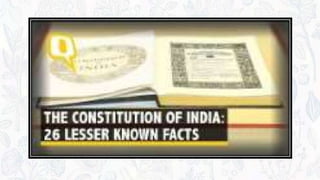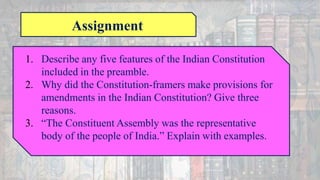The document discusses the struggle against apartheid in South Africa, including the oppressive system of racial segregation and discrimination. It then summarizes the transition to a democratic constitution in South Africa in 1994, including the release of Nelson Mandela from prison after 28 years and the agreement between white and black leaders to draft a new constitution guaranteeing equal rights and a multi-racial government. The new South African constitution is described as one of the finest in the world for extensively guaranteeing rights to all citizens.
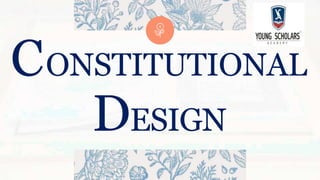

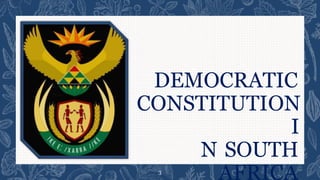


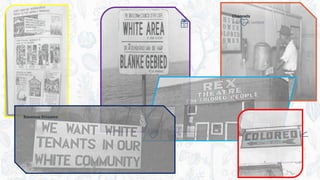


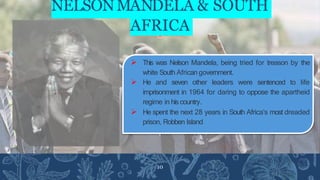



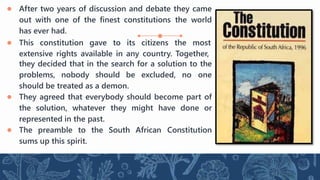





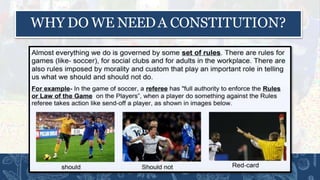


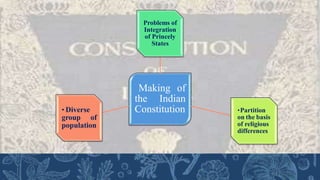


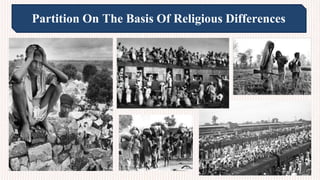
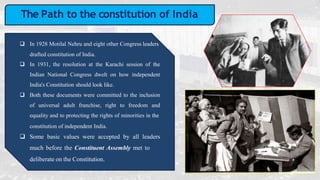








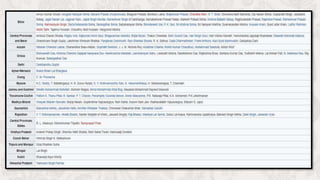
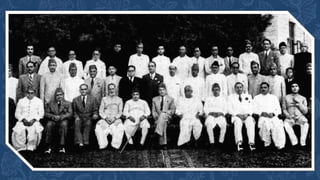



![Why should we accept the Constitution made by the Constituent Assembly
more than 50 years ago?
The constitution does not reflect the views of its members alone. It expresses a broad consensus of its
time.
The ConstituentAssembly represented the people of India.
The Constituent Assembly elected by the members of existing Provincial Legislatures which ensured
a fair geographical share of members from all the regions the country.
The ConstituentAssembly worked in a systematic, open and consensual manner.
A Drafting Committee chaired by Dr. B.R. Ambedkar prepared a draft constitution for discussion.
After several rounds of thorough discussion took place on the Draft Constitution, clause [A distinct
section of a document] by clause.
The members deliberated for 114 days spread over three years.
Every document presented and every word spoken in the Constituent Assembly has been recorded
and preserved. These are called 'ConstituentAssembly Debates'.
These debates provide the rationale behind every provision of the Constitution. These are used to
interpret, the meaning of the Constitution.](https://image.slidesharecdn.com/constitutionaldesign-210706170134-230706044151-bb9a4da9/85/constitutionaldesign-210706170134-pptx-40-320.jpg)










